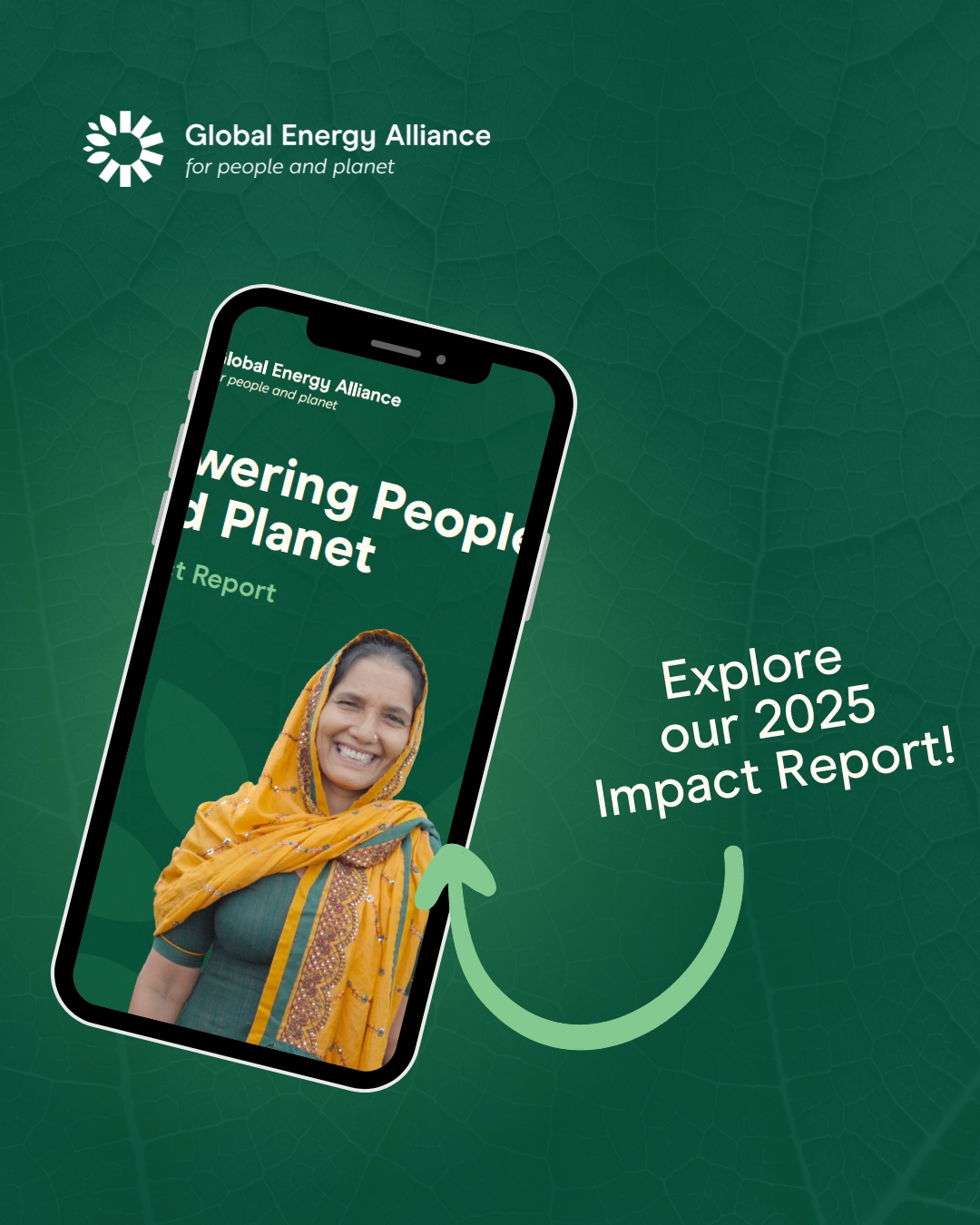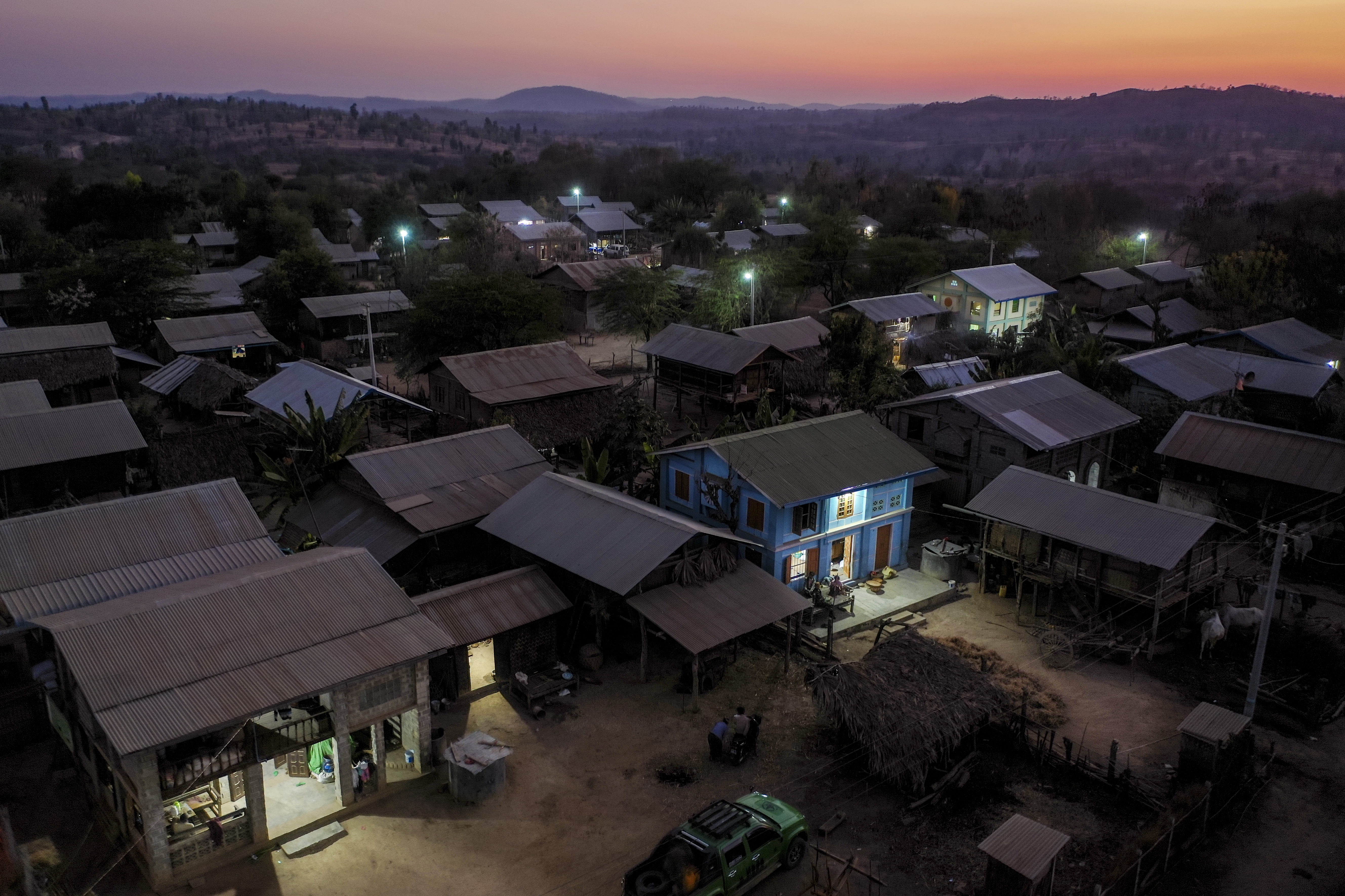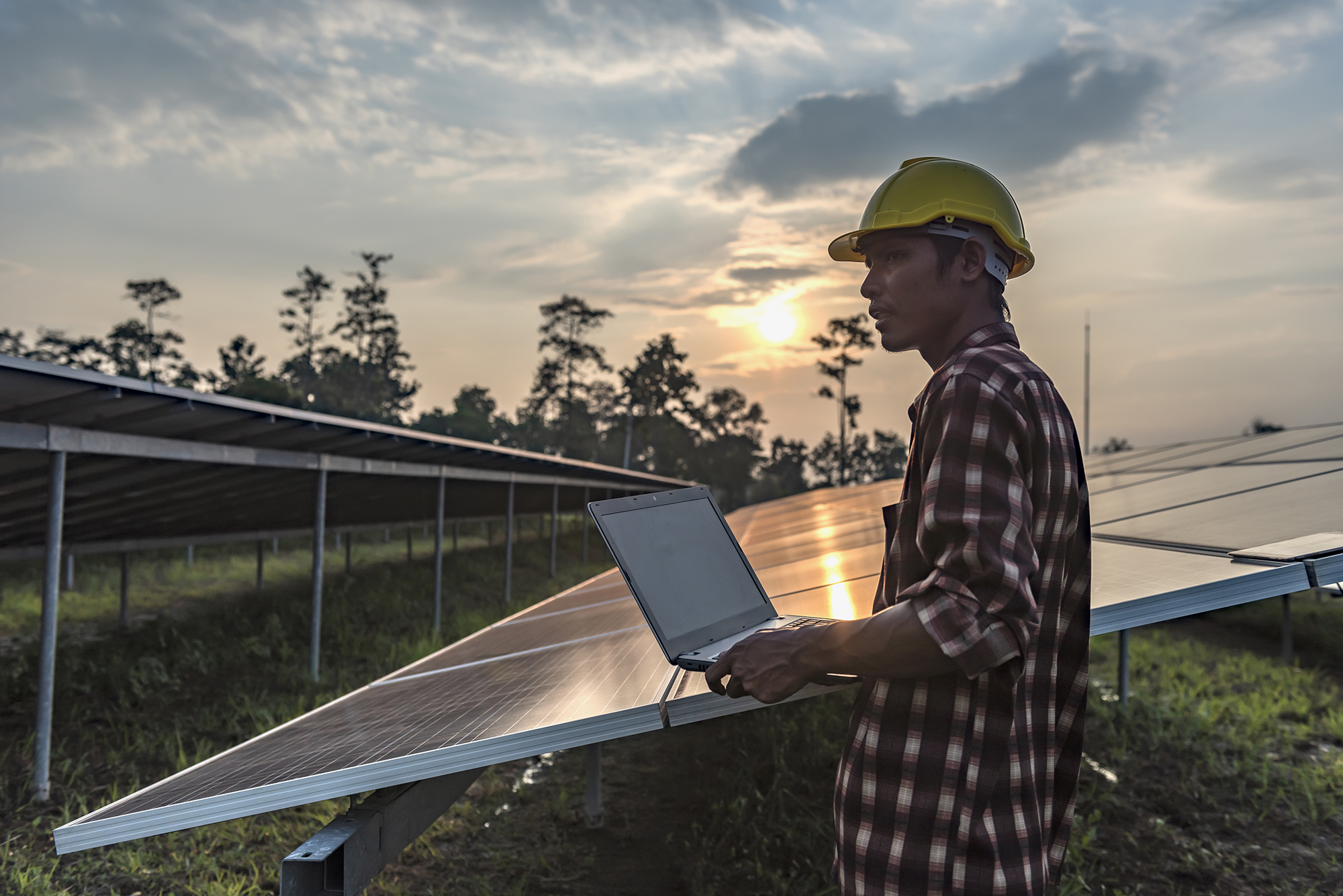Indonesia’s path to clean energy takes a significant step forward with the Tembesi Floating Solar Power Plant in Batam City. As Indonesia accelerates its renewable energy development, this project demonstrates how strategic partnerships can turn ambitious goals into reality. The timing is crucial–Batam-Bintan’s impressive 6.6% growth over the past decade demands sustainable energy solutions that can power businesses, create jobs, and improve lives across the region. With the current power supply reaching 597.32 MW and operating near peak capacity, the need for additional clean energy infrastructure is clear.
Pioneering a New Model for Energy Development
Early-stage development risks often stall renewable energy projects. The Global Energy Alliance for People and Planet (GEAPP) tackles this challenge with a USD 715,000 grant, directing USD 600,000 to essential development costs, including feasibility studies, engineering designs, and environmental assessments. This initial funding creates the foundation needed to attract larger investments and ensure the project delivers lasting benefits to local communities.
PT Sarana Multi Infrastruktur (Persero) (PT SMI), Indonesia’s national development bank and country platform for the Energy Transition Mechanism, strengthens this foundation with a USD 23.3 million commitment. This investment addresses critical needs in Batam’s power system, which currently operates near its 500 MW peak load while providing an additional 65 MW to the Bintan system. For local businesses and residents, this means a more reliable power supply and reduced risk of outages that can disrupt daily life and economic activity.
The partnership leverages each organization’s strengths to maximize impact. PT SMI’s infrastructure expertise and understanding of Indonesia’s development landscape ensure effective implementation while creating meaningful opportunities for local workers and businesses. The Tembesi project, valued at USD 29.1 million, exemplifies strategic funding collaboration. GEAPP’s USD 715,000 contribution addresses two key areas: USD 600,000 for development essentials–feasibility studies, engineering design, and environmental assessments, and USD 115,000 for social and environmental initiatives. These initiatives ensure the project delivers benefits beyond power generation by addressing community needs through the creation of new job opportunities in the renewable energy sector, technical training for local workers, and support for small businesses in the clean energy supply chain.
Building a Sustainable Future for Communities
The project demonstrates how renewable energy can transform communities. International best practices and ESG principles translate into tangible benefits: improved air quality from reduced reliance on conventional fuels, new skilled employment opportunities, and stronger local capacity in renewable energy technology. The installation will connect to the 150 kV Panaran-Muka Kuning transmission line, integrating seamlessly with existing infrastructure to enhance grid reliability.
The Tembesi installation’s 30 MW capacity will generate 56.5 GWh annually–enough clean energy to power approximately thousands of homes in the region. For local industries, this means access to reliable, sustainable power that supports growth while reducing environmental impact. The project creates immediate construction jobs for hundreds of workers and will provide dozens of long-term positions in operations, maintenance, and associated services.
The environmental benefits extend beyond emissions reduction. The floating solar design minimizes land use, preserving precious space on Batam’s islands for other development needs. Advanced environmental monitoring systems will protect local ecosystems, while the installation’s design includes features to enhance water quality and support aquatic biodiversity.
With PLN Batam planning 60 MW of renewable capacity by 2029, Tembesi sets a precedent for similar projects nationwide. The project provides valuable training opportunities: local contractors learn specialized installation techniques for floating solar systems, technical workers develop expertise in solar technology maintenance, and community members gain skills in environmental monitoring and protection.
In Batam, where gas-fired plants currently provide 73% of generation capacity, Tembesi charts a new course. Beyond providing clean power, the project establishes pathways for local economic development, creates skilled jobs, and improves environmental conditions. This model shows how strategic collaboration can accelerate Indonesia’s transition to sustainable energy while ensuring communities share in the benefits of clean energy development.
The project’s impact will ripple across Indonesia’s energy sector. As more regions seek to develop renewable energy infrastructure, Tembesi provides proven approaches to financing, community engagement, and technical implementation. Its success demonstrates that with strategic partnership and careful attention to local needs, Indonesia can build a clean energy future that powers economic growth while protecting our environment for future generations.
###




